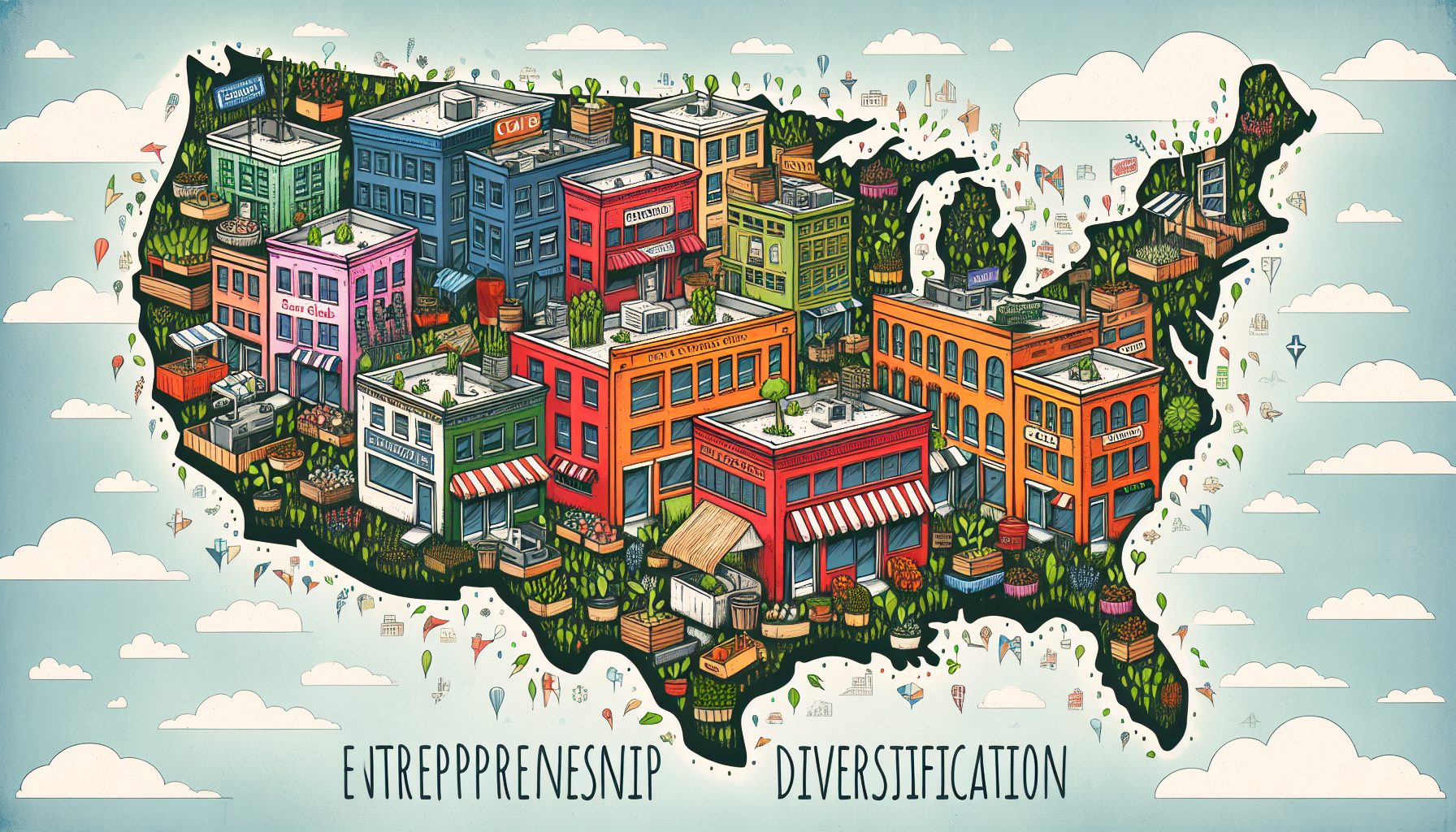Most of us have, at one time or another, worked with a colleague who hoarded information as if it were gold. And let’s not forget the manager who passed on company information only on a need-to-know basis (kind of like working for the CIA).
This approach to information is frustrating and counterproductive, but understandable. Many people believe their value to the company is based on what they know—and they don’t want to give up that perceived edge. Their theory is that if they share that knowledge with their co-workers, that will increase the co-workers’ value and diminish their own.
This is a battle that business has been fighting for decades, but it’s heated up during the past few years of ongoing layoffs, when employees are more interested in surviving than collaborating. Ironically, this is happening at a time when knowledge management and collaboration technologies are getting a lot of attention from business leaders, who understand how these technologies can benefit their organizations.
Learning to share requires a change in perspective. Instead of focusing on what we as individuals are giving up, we need to focus on what we as a team—and a company—are gaining: We are exchanging knowledge, learning new skills, and improving the health and stability of the business. Taking a long-term view, that means we are all more likely to keep our jobs.
That sounds like common sense. However, a speaker at the recent World Innovation Forum in New York pointed out that emotions often trump sense. Chip Heath, a professor of organizational behavior in the Graduate School of Business at Stanford University, noted that individuals find comfort and security in the old ways of working. Analytically, they may know that they need to change, but emotionally, they don’t want to change. He added, “People hate change because change is hard.”
So what can enterprises do? Management may understand that knowledge sharing and collaboration can increase productivity and have a positive impact on the bottom line, but they may not know how to get employees to accept a new, collaborative way of working.
That’s clear from the survey Baseline did on knowledge sharing, which combines knowledge management and collaborative technologies. (See “Sharing Knowledge in the Corporate Hive” on page 22.) The survey found that better employee information exchange is the respondents’ top goal in both technologies, but one of the leading challenges is employee resistance. It’s No. 5 in knowledge management and No. 4 in collaboration.
Let’s face it: Employee resistance can be a technology killer. Think of the excuses given in the past for stonewalling older technologies:
We don’t need that—things are working fine just the way they are. … It will take longer to do it with technology. … It’s just a fad, anyway. … I wouldn’t trust that (list the technology du jour here) as far as I could throw it. The list goes on.
This kind of misguided attitude is disheartening, but, when it comes to knowledge sharing technologies, we seem to be making some progress. Among our survey respondent, 75 percent are currently using collaboration technologies, 60 percent are utilizing document management and 58 percent are using knowledge management.
In addition, 78 percent said they expected their reliance on knowledge management to increase greatly (26 percent) or moderately (52 percent) in the coming two years. The numbers are slightly better for collaborative technologies, with 28 percent predicting they will increase greatly and 54 percent saying they will increase moderately, for a total of 82 percent.
On the downside, slightly more than two-thirds of the respondents had not achieved their goals for collaborative (69 percent) and knowledge management (67 percent) technologies. Could employee resistance to change be the culprit here?
If that’s the case, Heath had some suggestions for a plan to overcome that resistance: Start with small changes so employees don’t get overwhelmed. Then find out what’s working and do more of that. Motivate people by appealing to their emotions. Give them credit for what they’ve already done and encourage them to do more. Finally, consider the work environment and see whether a different environment would help employees accept change more easily.
Yes, change is hard, but people can—and do—change all the time. They just need a good reason.








